Greenhouse Gases Introduction Certain gases in Earth's atmosphere—particularly carbon dioxide (CO 2), methane (CH 4), and water vapor (H 2)—trap energy from solar radiation and so keep Earth warmer than it would be otherwiseThese gases are termed greenhouse gases, and the warming they create is termed the greenhouse effect or greenhouse warmingData for the past 00 years show that the atmospheric concentrations of CO 2, CH 4, and N 2 O – three important longlived greenhouse gases – have increased substantially since about 1750 Rates of increase in levels of these gases are dramatic CO 2, for instance, never increased more than 30 ppm during any previous 1,000year period in this record but has already risen by 30Greenhouse gases include water vapour, carbon dioxide, methane, nitrous oxide, ozone and some artificial chemicals such as chlorofluorocarbons (CFCs) The absorbed energy warms the atmosphere and the surface of the Earth
Q Tbn And9gcs3 Vn3xnwnq9ifctpyrsa2ofh2ymxfw2rxlcy7frr77uflqr Usqp Cau
Greenhouse gases in the atmosphere percentage
Greenhouse gases in the atmosphere percentage- The greenhouse effect happens when certain gases, which are known as greenhouse gases, accumulate in Earth's atmosphere Greenhouse gases include carbon dioxide (CO 2), methane (CH 4), nitrous oxide (N 2 O), ozone (O 3), and fluorinated gasesAs greenhouse gas emissions from human activities increase, they build up in the atmosphere and warm the climate, leading to many other changes around the world—in the atmosphere, on land, and in the oceans The indicators in other chapters of this report illustrate many of these changes, which have both positive and negative effects on people, society, and the environment—including plants and animals Because many of the major greenhouse gases stay in the atmosphere




4 Atmospheric Concentrations Of Important Long Lived Greenhouse Gases Download Scientific Diagram
The 'greenhouse effect' is the warming of climate that results when the atmosphere traps heat radiating from Earth toward space Certain gases in the atmosphere resemble glass in a greenhouse, allowing sunlight to pass into the 'greenhouse,' but blocking Earth's heat from escaping into space The gases that contribute to the greenhouse effect include water vapor, The powerful greenhouse gases tetrafluoromethane and hexafluoroethane have been building up in the atmosphere from unknown sources Now, modelling suggests that China's aluminium industry is a saw the highest concentration of greenhouse gases in Earth's atmosphere on record, along with unprecedented global sea levels and average global temperatures
Each layer of the atmosphere with greenhouse gases absorbs some of the heat being radiated upwards from lower layers It reradiates in all directions, both upwards and downwards;To learn more about the ocean heat and The greenhouse effect works much the same way on Earth Gases in the atmosphere, such as carbon dioxide, trap heat similar to the glass roof of a greenhouse These heattrapping gases are called greenhouse gases During the day, the Sun shines through the atmosphere Earth's surface warms up in the sunlight At night, Earth's surface cools, releasing heat back into the air But some of the heat is trapped by the greenhouse gases in the atmosphere
242 Atmospheric Chemistry and Greenhouse Gases Model calculations of the abundances of the primary greenhouse gases by year 2100 vary considerably across the SRES scenarios in general A1B, A1T, and B1 have the smallest increases of emissions and burdens;Atmospheric greenhouse gases (GHGs), such as carbon dioxide (CO2) and methane (CH4), are important climate forcing agents due to their significantOverview of Greenhouse Gases Carbon dioxide (CO2) Carbon dioxide enters the atmosphere through burning fossil fuels (coal, natural gas, and oil), Methane (CH4) Methane is emitted during the production and transport of coal, natural gas, and oil Methane emissions Nitrous oxide (N2O) Nitrous




Greenhouse Gases American Chemical Society




Greenhouse Effect Definition Diagram Causes Facts Britannica
Greenhouse gas concentrations in the atmosphere that contribute to climate change are the highest ever recorded — and that's going back 800,000 years Scientists at the National Oceanic and Atmospheric Administration reported that the concentration of carbon dioxide, one of the primary greenhouse gases, hit 4125 parts per million inGreenhouse Gases and Temperature A greenhouse gas (GHG) is any gas in the atmosphere that absorbs and emits radiation in the thermal infrared range These are the fundamental cause of the greenhouse effect, which results in increased temperatures on Earth The greenhouse effect occurs as the gases reach Earth's surfaceGreenhouse gases are gases—like carbon dioxide (CO 2), methane, and nitrous oxide—that keep the Earth warmer than it would be without them The reason they warm the Earth has to do with the way energy enters and leaves our atmosphere When energy from the sun first reaches us, it does so mainly as light



Greenhouse Gases And Temperature



Greenhouse Gases
Greenhouse gas emissions and atmospheric concentrations have increased over the past 150 years Emissions of several important greenhouse gases that result from human activity have increased substantially since largescale industrialization began in the mid1800s Most of these humancaused (anthropogenic) greenhouse gas emissions were carbon dioxide (CO2)Even if greenhouse gas concentrations stabilized today, the planet would continue to warm by about 06°C over the next century because of greenhouses gases already in the atmosphere See Earth's Big Heat Bucket, Correcting Ocean Cooling, and Climate Q&A If we immediately stopped emitting greenhouse gases, would global warming stop?Carbon dioxide is the main longlived greenhouse gas in the atmosphere Concentrations reached 4055 ppm in 17, 146% of the preindustrial era (before 1750) The increase in
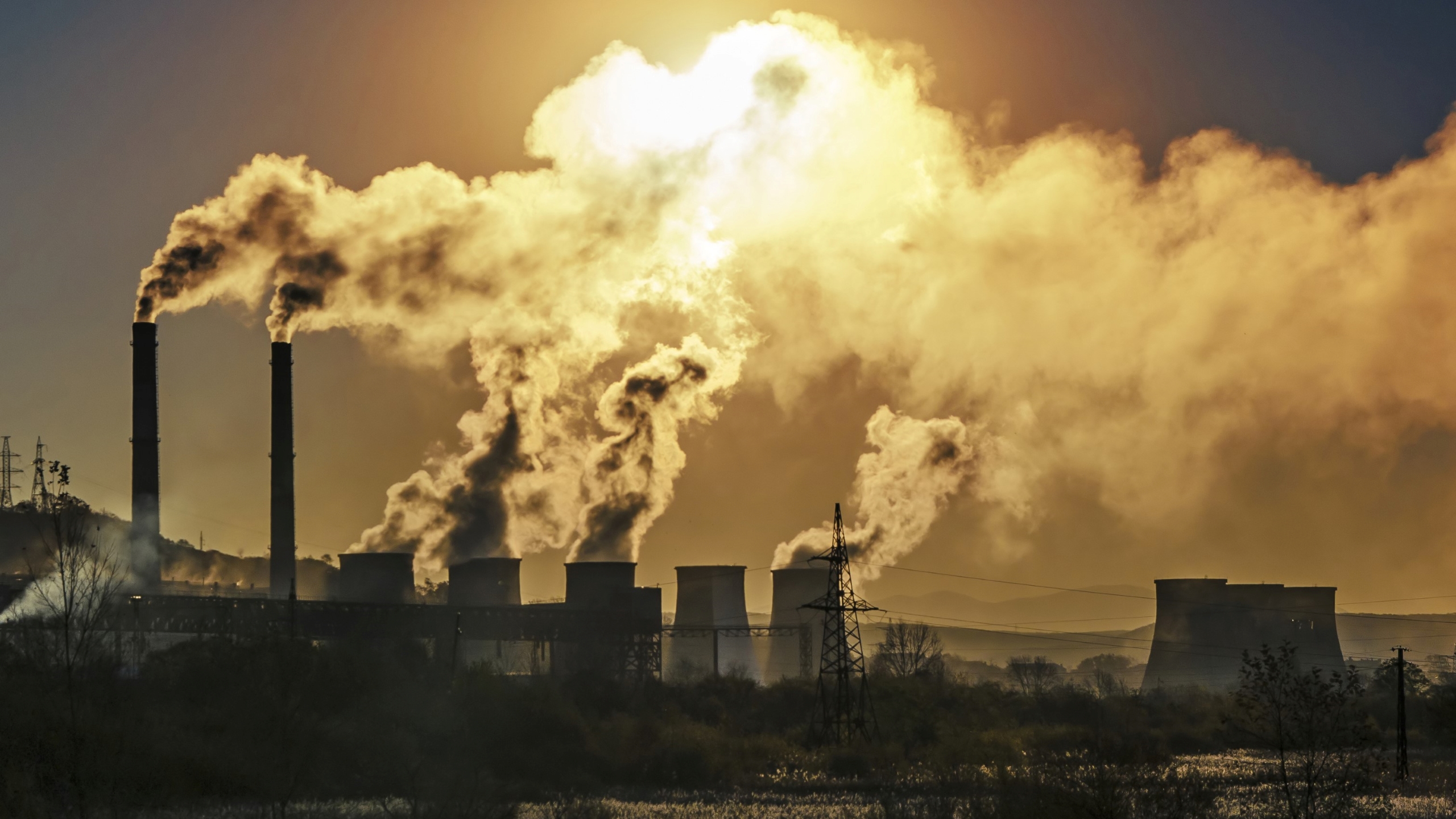



Greenhouse Gases Causes Sources And Environmental Effects Live Science




Greenhouse Gases Factsheet Center For Sustainable Systems
Greenhouse gases Sources As greenhouse gases are essential for the existence of life, they are present in the atmosphere in a trace amount Natural sources of GHGs are volcanos, respiration by living organisms, decay and combustion of organic matter, etc The amounts of GHGs are balanced in the atmosphere naturally by many physical, chemicalIn order, the most abundant greenhouse gases in Earth's atmosphere are Water vapor ( H 2O) Carbon dioxide ( CO 2) Methane ( CH 4) Nitrous oxide ( N 2O) Ozone ( O 3) Chlorofluorocarbons (CFCs) Hydrofluorocarbons (includes HCFCs and HFCs)Earth's greenhouse gases trap heat in the atmosphere and warm the planet The main gases responsible for the greenhouse effect include carbon dioxide, methane, nitrous



Greenhouse Gas Basics 148 Msu Extension




Wmo Greenhouse Gas Bulletin The State Of Greenhouse Gases In The Atmosphere Based On Global Observations Through 18 No 15 25 November 19 World Reliefweb
Greenhouse gases A natural or manmade gas that traps heat in the Earth's atmosphere and contributes to the greenhouse effect The main greenhouse gases are water vapour, carbon dioxide (CO 2 ), methane (CH 4 ), nitrous oxide (N 2 O), ozone and industrial gases such as chlorofluorocarbons (CFCs) Which of these actions has contributed to the increase of greenhouse gases in the atmosphere? Nitrous oxide A powerful greenhouse gas produced by soil cultivation practices, especially the use of commercial and organic fertilizers, fossil fuel combustion, nitric acid production, and biomass burning Chlorofluorocarbons (CFCs) Synthetic compounds entirely of industrial origin used in a number of applications, but now largely regulated in production and release to the atmosphere



Climate Science Investigations South Florida Energy The Driver Of Climate



Greenhouse Gas Global Greenhouse Warming
When greenhouse gases are emitted into the atmosphere, many remain there for long time periods ranging from a decade to many millennia Over time, these gases are removed from the atmosphere by chemical reactions or by emissions sinks, such as the oceans and vegetation, which absorb greenhouse gases from the atmosphere As a result of human What Are Greenhouse Gases?Greenhouse gases trap heat in the atmosphere, in a process called the "greenhouse effect" 1 But how do these molecules actually warm our planet?



Greenhouse Effect Wikipedia



Greenhouse Gases
Aside from water vapour, the four principal greenhouse gases are carbon dioxide (CO2), methane (CH4), nitrous oxide (N2O) and the halocarbons or CFCs (gases containing fluorine, chlorine andAnd N 2O increases from 13We'll start our exploration of greenhouse gases with a single carbon dioxide (CO 2) molecule Let's say this CO 2 molecule came from the exhaust in your car From your tailpipe, it drifts up
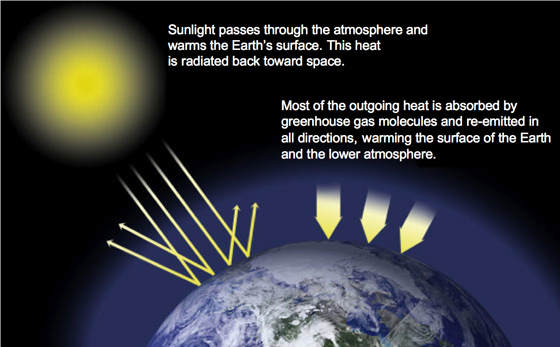



How Do Greenhouse Gases Trap Heat Socratic
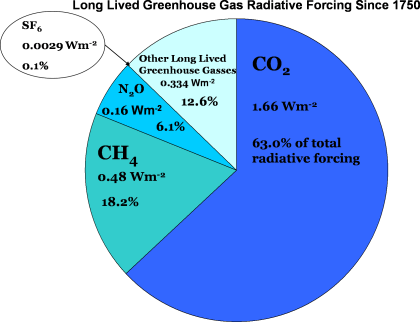



Noaa Esrl Global Monitoring Laboratory
Greenhouse gases have a profound effect on the energy budget of the Earth system despite making up only a fraction of all atmospheric gases (see also Causes of Global Warming) Concentrations of greenhouse gases have varied substantially during Earth's history, and these variations have driven substantial climate changes at a wide range of timescalesLike other gases in the atmosphere, including oxygen and nitrogen, greenhouse gases are largely transparent to incoming sunlight Unlike those more abundant gases though, greenhouse gases are not transparent to heat (longwave infrared radiation) The sunwarmed surface of Earth radiates heat day and nightGreenhouse gases are atmospheric gases that intercept longwave (mainly infrared) radiation emitted from the Earth's surface By intercepting infrared radiation and reradiating it in all directions including back to Earth, while capturing little or no incoming solar radiation, greenhouse gases contribute to the warming of the Earth's surface This is known as the Greenhouse Effect,




Greenhouse Gas Levels In Atmosphere Hit New High Un




Greenhouse Gas Concentrations In Atmosphere Reach Yet Another High World Meteorological Organization
And A1FI and the largest CH 4 changes from 1998 to 2100 range from −10 to 115%; Tracking greenhouse gas concentrations provides a better understanding of what happens to emissions, and the role of plants, soils and oceans in reducing atmospheric levels These data are needed to develop projections for future climate change under various emission scenarios, and to set targets for reducing emissionsCarbon dioxide (CO 2) is the most important greenhouse gas, but not the only one – gases such as methane and nitrous oxide are also a driver of global warming Carbon dioxideequivalents (CO 2 eq) try to sum all of the warming impacts of the different greenhouse gases together in order to give a single measure of total greenhouse gas emissions Two things make this more




Greenhouse Effect
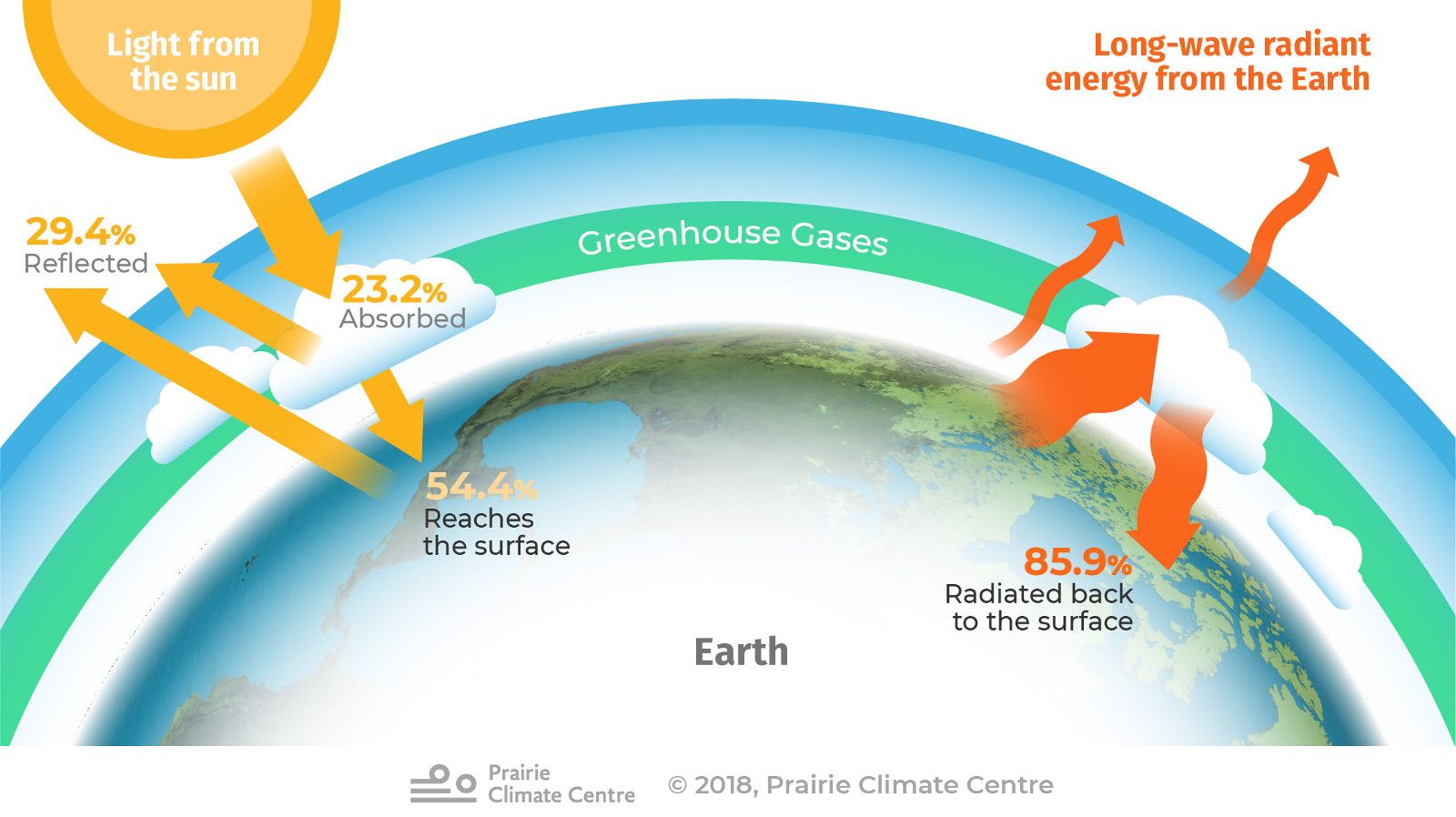



Greenhouse Gases Climate Atlas Of Canada
Greenhouse gases are any gas that goes up into the atmosphere and causes the atmosphere to become warmer by retaining heat from the Sun There's many greenhouse gases Carbon dioxide – we really care about that because it stays in the atmosphere for thousands of years, and so any emissions that we put up there now will be up there for generations to comeIn equilibrium (by definition) the same amount as it has absorbed This results in more warmth below Increasing the concentration of the gases increases the amount of absorption and reradiation, Greenhouse Gases Methane, Carbon Dioxide Share of Global GHG Emissions 3% A man scavenges for waste to recycle at a garbage dump in Linfen, China Landfill sites like this produce greenhouse gases because rotting organic waste like food waste emits methane which warms the atmosphere unless it is captured Advanced industrialsed countries




The Science Hoosier Environmental Council




Greenhouse Gases Copernicus
Of several greenhouse gases, i e , carbon dioxide (CO2) methane (CH4), chlorofluorocarbons (CFCs), nitrous oxide (N2O), and tropospheric ozone (O3), have been increasing primarily due to human activities Several ol these gieenhouse gases have long atmospheric lifetimes, decades to centuries, which means that their atmospheric concentrations respond slowly to changes inAn increase in the atmospheric concentrations of greenhouse gases produced a warming effect A decrease in the atmospheric concentrations of greenhouse gases produced a cooling effect As the concentration increases, more infrared protons are reflected back to space 7 Using what you know about greenhouse gases, explain why these observations make senseWater vapor and what expert scientists consider the four other 'most important' greenhouse gases comprise the veritable 'hit parade' of greenhouse gases that trap heat in Earth's atmosphere and contribute to overall warming across the globe There's a
:max_bytes(150000):strip_icc()/521928855-58b5c1875f9b586046c8ee0e.jpg)



Worst Greenhouse Gases In The Atmosphere
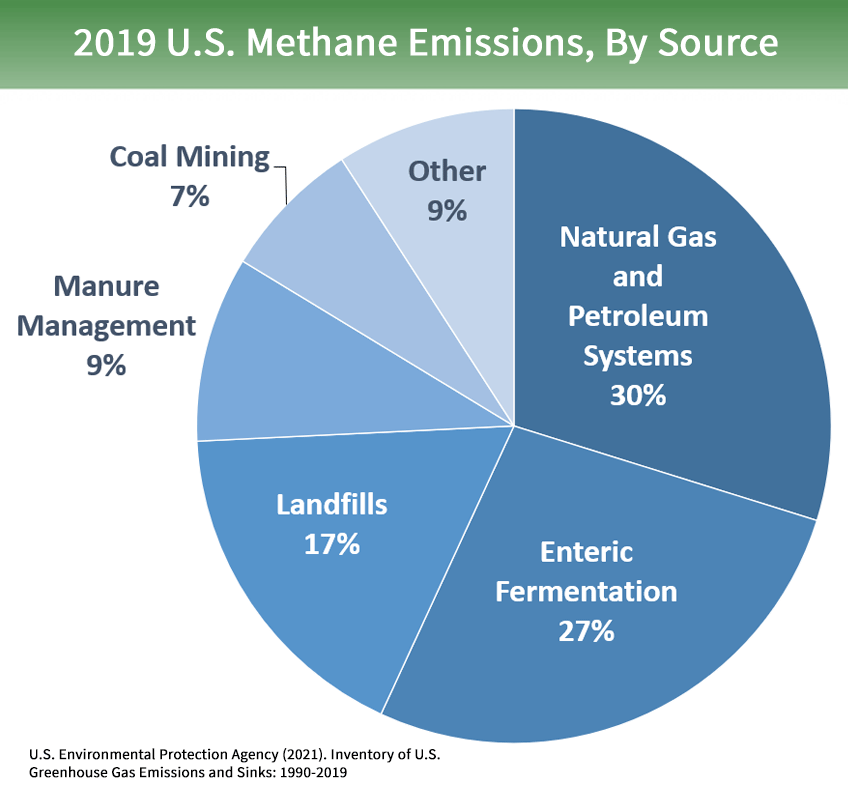



Overview Of Greenhouse Gases Us Epa
Greenhouse gases have a profound effect on the energy budget of the Earth system despite making up only a fraction of all atmospheric gases Concentrations of greenhouse gases have varied substantially during Earth’s history, and these variations have driven substantial climate changes at a wide range of timescales In generalWhich of these actions has contributed to the increase of greenhouse gases in the atmosphere?The greenhouse effect that has maintained the Earth's temperature at a level warm enough for human civilization to develop over the past several millennia is controlled by noncondensable gases, mainly carbon dioxide, CO 2, with smaller contributions from methane, CH 4, nitrous oxide, N 2 O, and ozone, O 3 Since the middle of the th century, small amounts of manmade gases,




Carbon Dioxide Methane Nitrous Oxide And The Greenhouse Effect Conservation In A Changing Climate



Untitled Document
The diagram outlines how the greenhouse effect works Sunlight passes through the Earth's atmosphere The ground warms up and heat is emitted from the Earth's surface Some heat escapes into spaceA) Clearing forestsB) Excessive plantingC) Chopping woodD) Watering crops Categories Uncategorized Leave a Reply Cancel reply Your email address will not be published Greenhouse gases are gases that can trap heat They get their name from greenhouses A greenhouse is full of windows that let in sunlight That sunlight creates warmth The big trick of a greenhouse is that it doesn't let that warmth escape That's exactly how greenhouse gases act They let sunlight pass through the atmosphere, but they




Greenhouse Gases In Atmosphere Greenhouse Gases Favorite Questions Global



Q Tbn And9gcrevtfvebbghz5zkkbq1akjhfs4 Gwdrbwpqnmfiixo2oqlgyw8 Usqp Cau
Carbon dioxide is the single most important longlived greenhouse gas in the atmosphere related to human activities, contributing about two thirds of the radiative forcing A greenhouse gas is any gaseous compound in the atmosphere that is capable of absorbing infrared radiation, thereby trapping and holding heat in the atmosphere By increasing Greenhouse gases are gases in the atmosphere that retain the heat emitted by the earth's surface, atmosphere, and clouds These gases can have a natural or anthropogenic origin and their properties cause a phenomenon known as the greenhouse effect
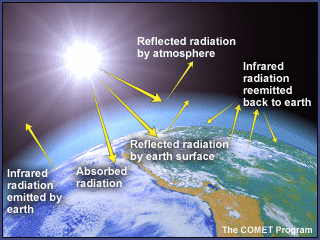



The Greenhouse Effect Greenhouse Gases
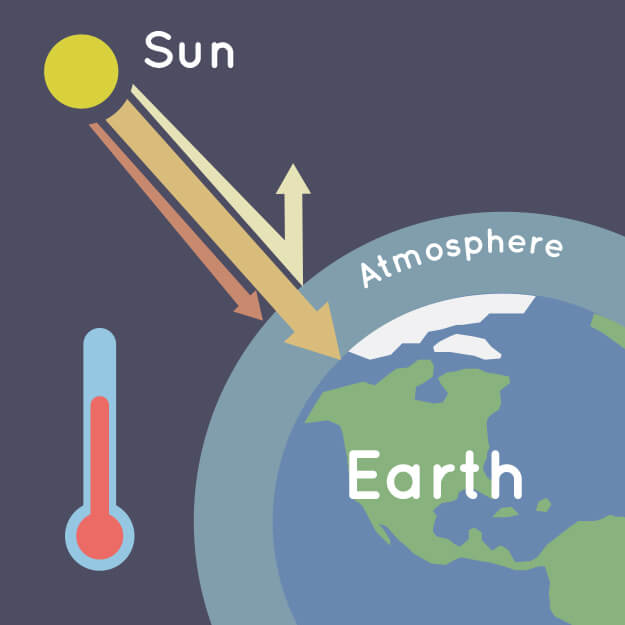



What Is The Greenhouse Effect Nasa Climate Kids
Let's describe the greenhouse effect The principal gases, yeah In the atmosphere or oxygen and nitrogen these gases are transparent to visible light Mhm From the sun And when this light Mhm Mhm reaches the surface of the earth Mhm Mhm Mhm It is absorbed and converted to heat Yeah Yeah This heat causes atoms in the Earth's surface The WMO Greenhouse Gas Bulletin reports on atmospheric concentrations of greenhouse gases Emissions represent what goes into the atmosphere Concentrations represent what remains in the atmosphere after the complex system of interactions between the atmosphere, biosphere, lithosphere, cryosphere and the oceans About a quarter of the totalThese gases, which occur naturally in the atmosphere, include carbon dioxide, methane, nitrogen oxide, and fluorinate d gases sometimes known as chlorofluorocarbons (CFCs) Greenhouse gases let the sun's light shine onto the Earth's surface, but



Atmospheric Greenhouse Gas Concentrations European Environment Agency
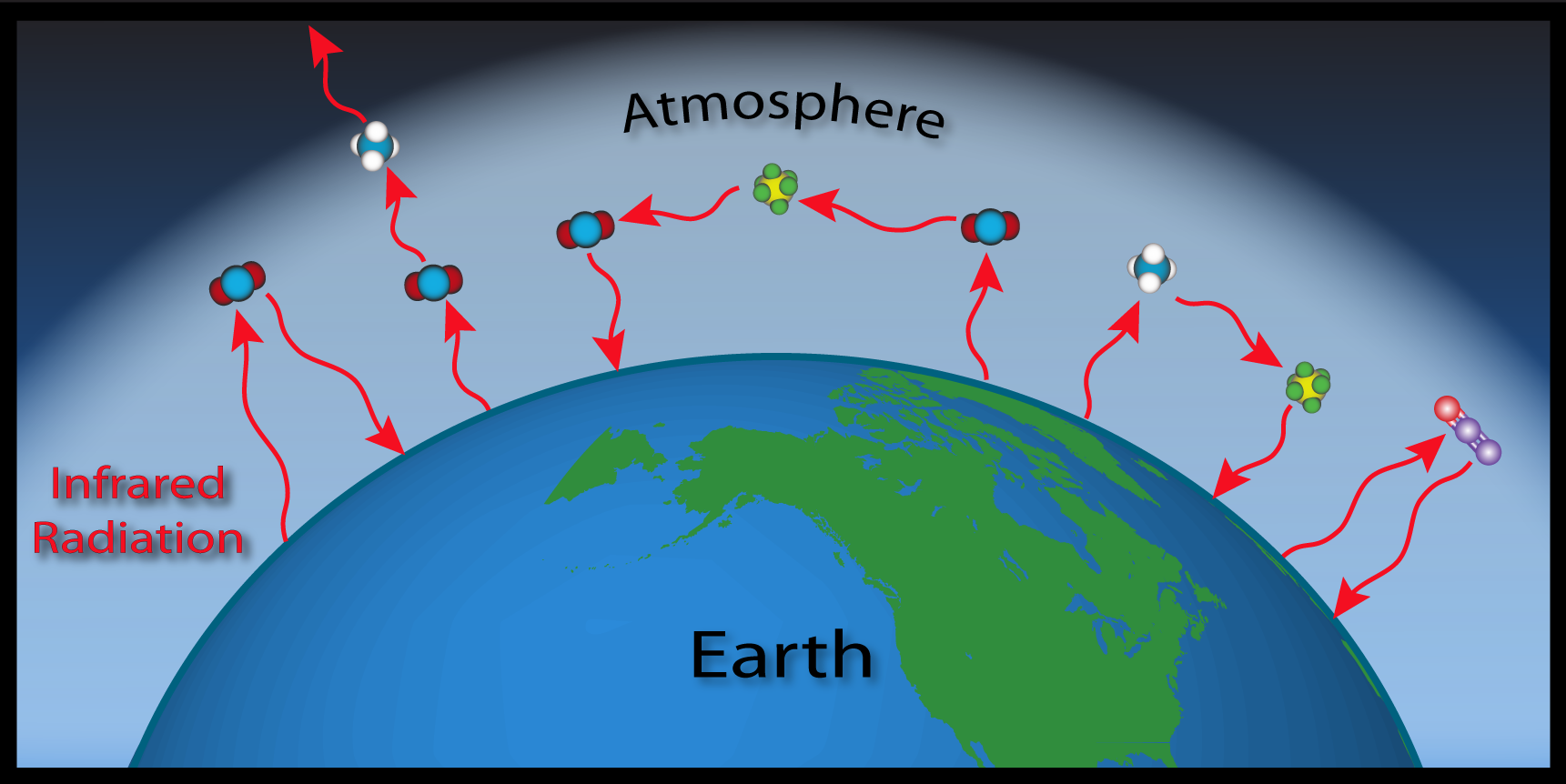



Esrl Global Monitoring Laboratory Education And Outreach
Two characteristics of atmospheric gases determine the strength of their greenhouse effect The first is their ability to absorb energy and radiate it (their "radiative efficiency") The second is the atmospheric lifetime, which measures how long the gas stays in the atmosphere before natural processes (eg, chemical reactions) remove itGreenhouse gases come from all sorts of everyday activities, such as using electricity, heating our homes, and driving around town The graph to the right shows which activities produce the most greenhouse gases in the United States These greenhouse gases don't just stay in one place after they're added to the atmosphere As air moves around




Relative Contributions Of Greenhouse Gases In The Atmosphere From Nine Download Scientific Diagram



Greenhouse Gas Wikipedia



Greenhouse Gases Climate Aware



Atmospheric Greenhouse Gas Concentrations European Environment Agency




4 Atmospheric Concentrations Of Important Long Lived Greenhouse Gases Download Scientific Diagram



Greenhouse Gases




Greenhouse Gas Levels In Atmosphere Reach New Record United Nations Sustainable Development



Q Tbn And9gcs3 Vn3xnwnq9ifctpyrsa2ofh2ymxfw2rxlcy7frr77uflqr Usqp Cau



The State And The Variations Of Greenhouse Gases In The Atmosphere
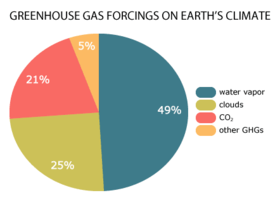



Which Are The Most Common Greenhouse Gases In The Atmosphere Socratic
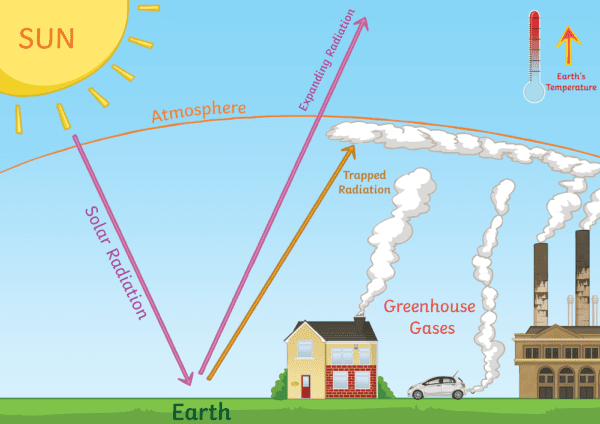



What Are Greenhouse Gases Answered Twinkl Teaching Wiki
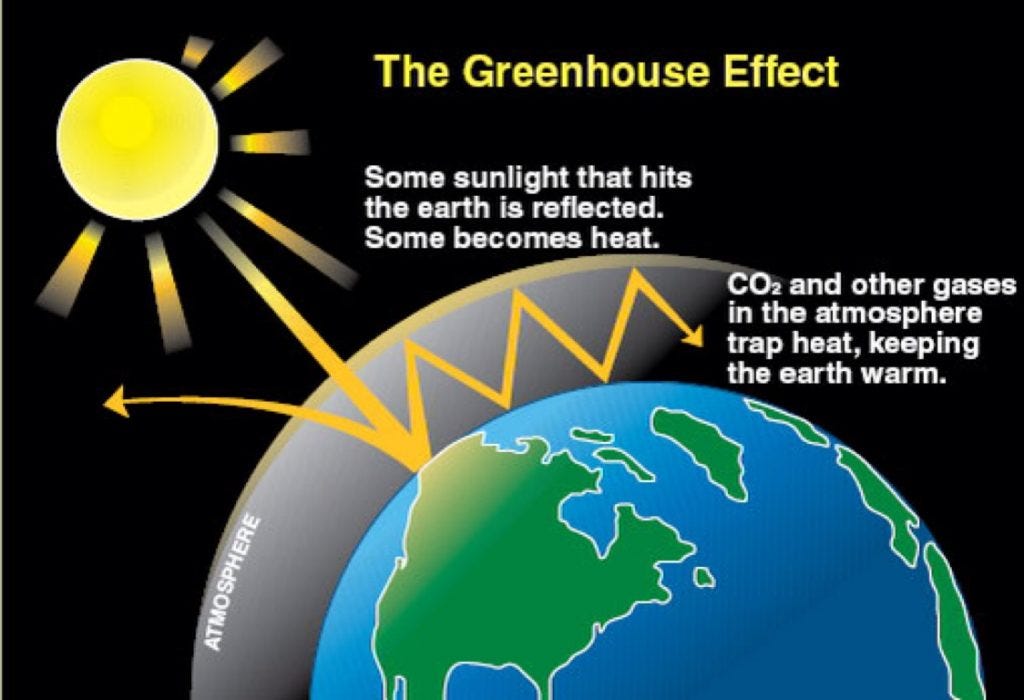



Greenhouse Effect Advantages And Disadvantages By Tutorbin Medium




Banning The Super Greenhouse Gas Environment All Topics From Climate Change To Conservation Dw 17 10 16
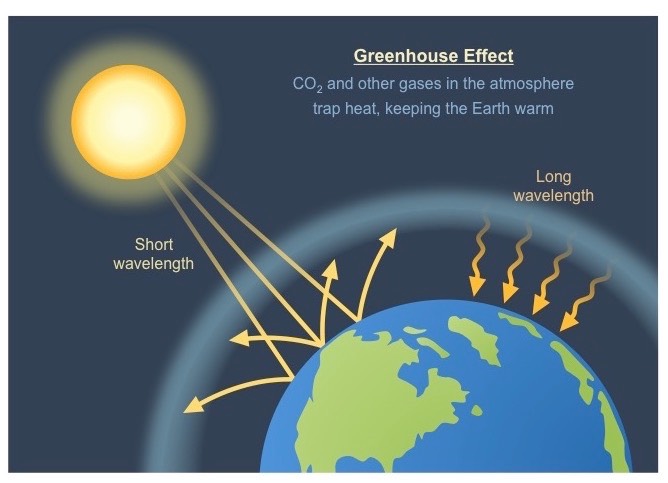



Greenhouse Gases Is It Just A Lot Of Hot Air Thrive Blog



Greenhouse Gases Effect On The Climate And Climate Change
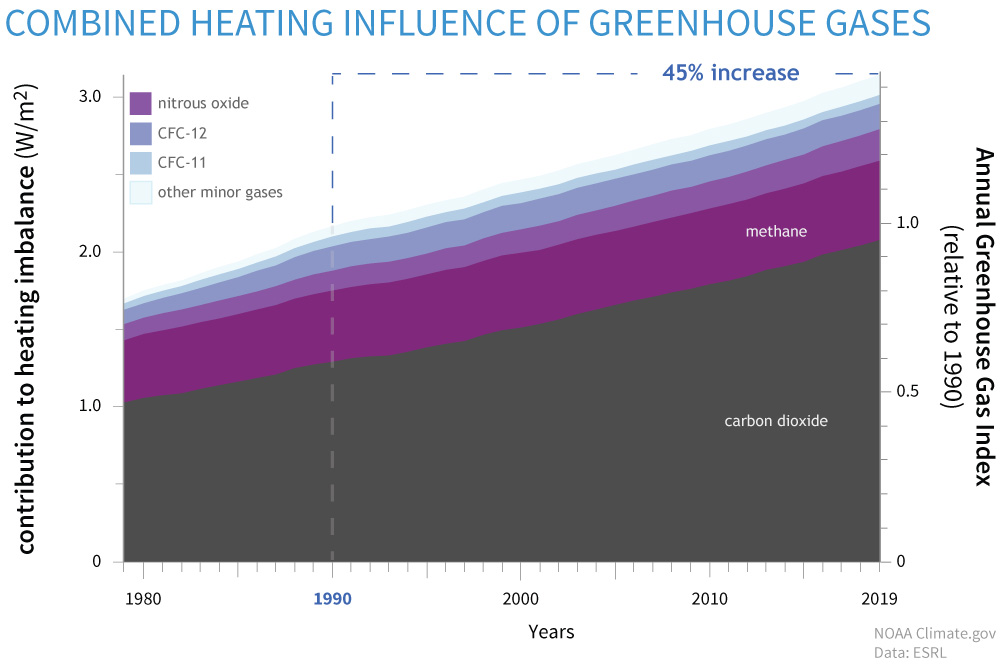



Climate Change Atmospheric Carbon Dioxide Noaa Climate Gov




Greenhouse Gases U S Energy Information Administration Eia



Atmospheric Greenhouse Gas Concentrations European Environment Agency
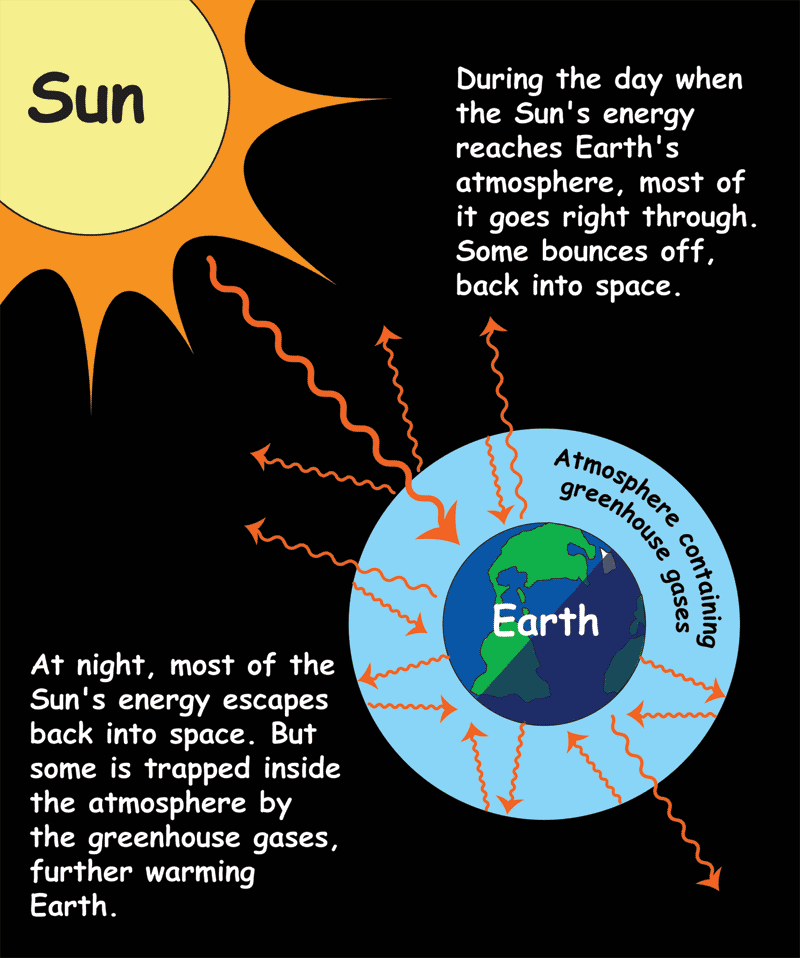



The Greenhouse Effect Nasa Space Place Nasa Science For Kids



Ozone




Greenhouse Effect 101 Nrdc
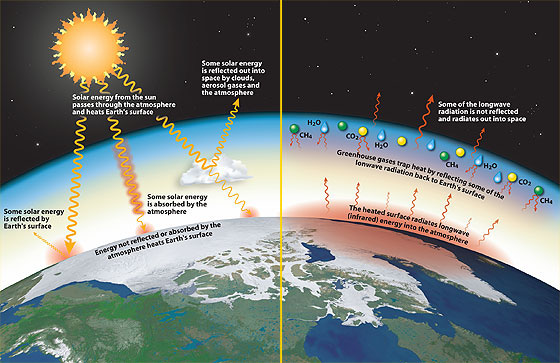



Too Much Of A Good Thing




15 Sources Of Greenhouse Gases




Air Pollution Greenhouse Gases Britannica




Greenhouse Gases Copernicus
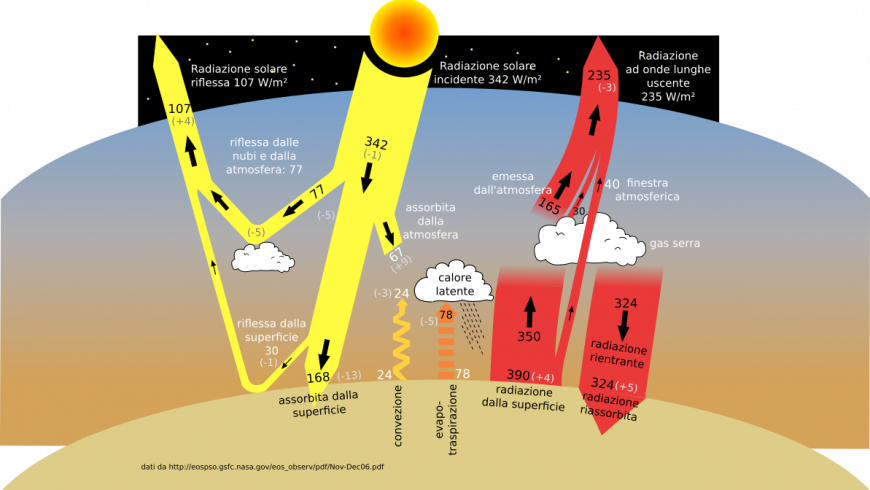



Greenhouse Gases What Are They What Can We Do To Reduce Emissions




The Greenhouse Effect Niwa




Carbon Dioxide In The Atmosphere Is At A Record High Here S What You Need To Know



Climate Science Investigations South Florida Energy The Driver Of Climate
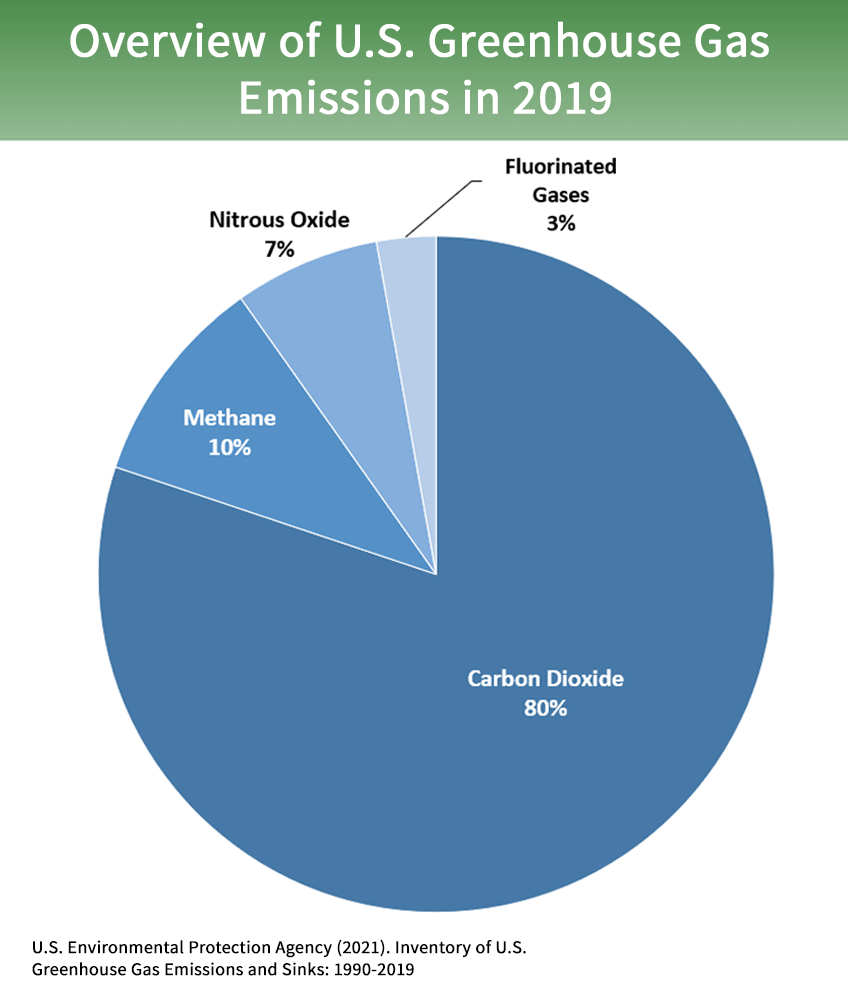



Overview Of Greenhouse Gases Us Epa
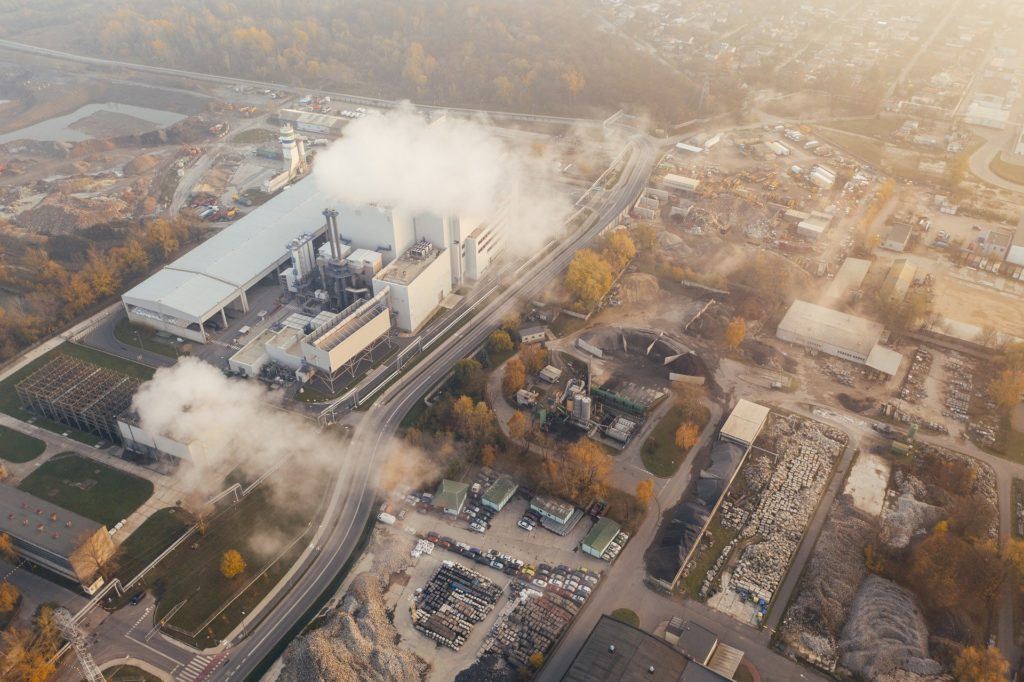



What Are Greenhouse Gases David Suzuki Foundation




Greenhouse Gas Concentrations Surge To New Record World Meteorological Organization
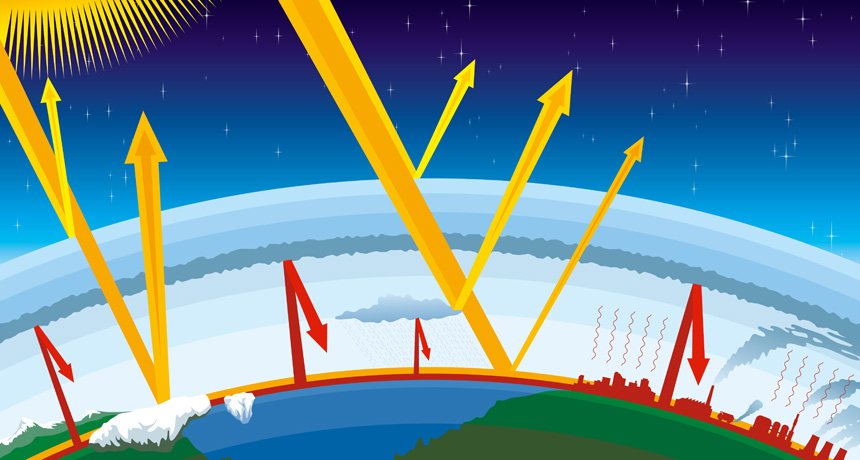



Explainer Global Warming And The Greenhouse Effect Science News For Students




Heat Trapping Gases Climate Communication




Atmospheric Concentrations Of The Three Main Greenhouse Gases Carbon Download Scientific Diagram




Greenhouse Effect Wikipedia




Greenhouse Gases Bioninja




Greenhouse Gases Edexcel Igcse Biology Revision Notes




Greenhouse Gas Wikipedia
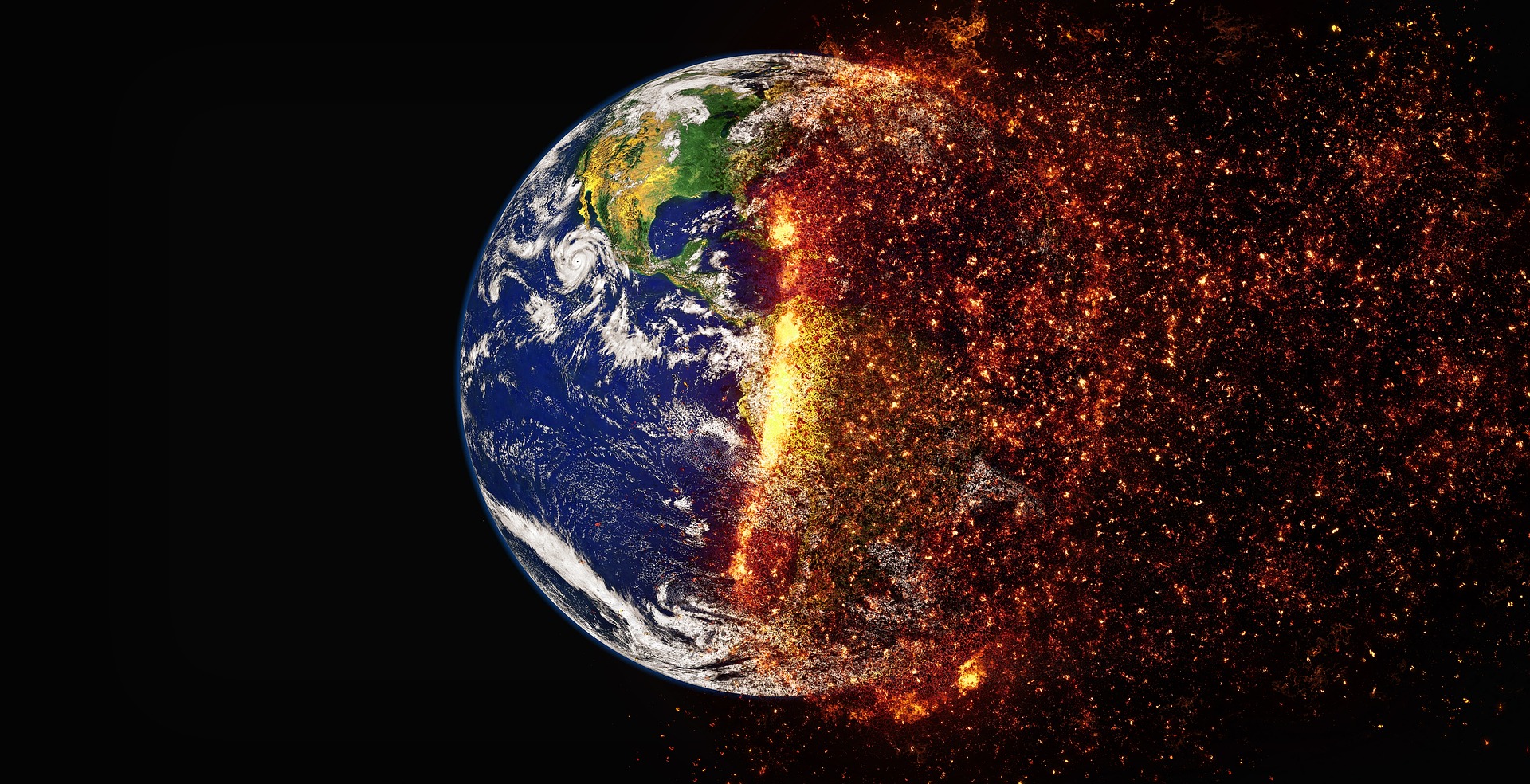



Greenhouse Gases In Atmosphere Hit New High Un Egypt Independent
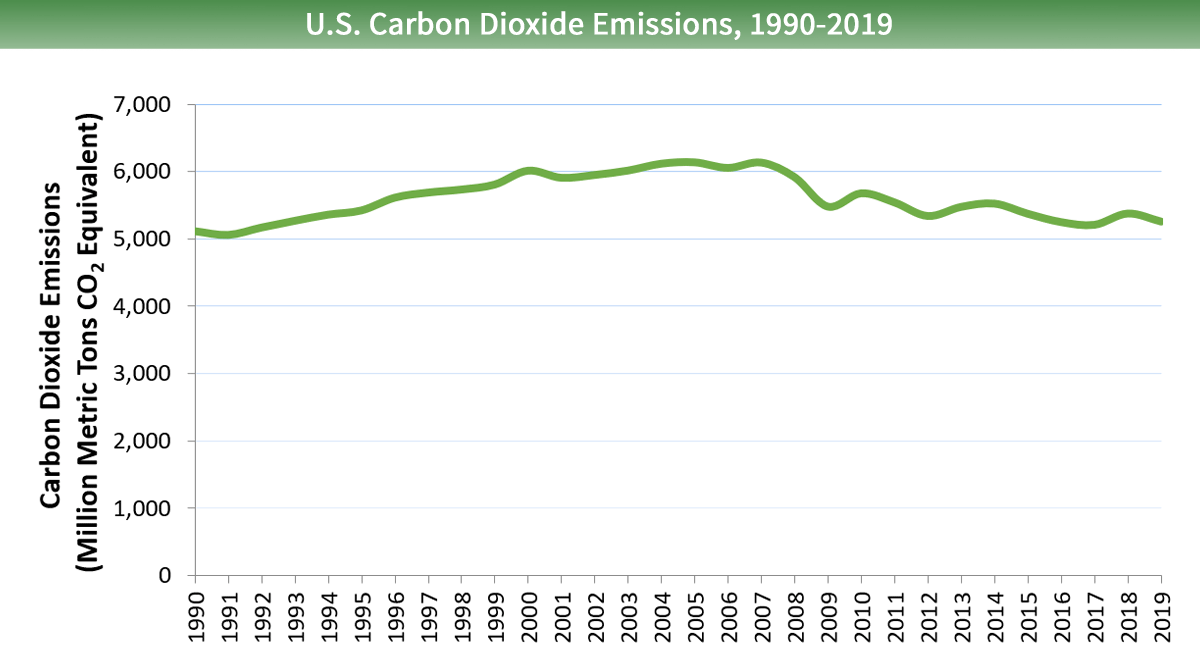



Overview Of Greenhouse Gases Us Epa




The Greenhouse Gases The Environment Monitor




What Would Happen If All The Greenhouse Gases Were Removed From The Earth S Atmosphere Quora
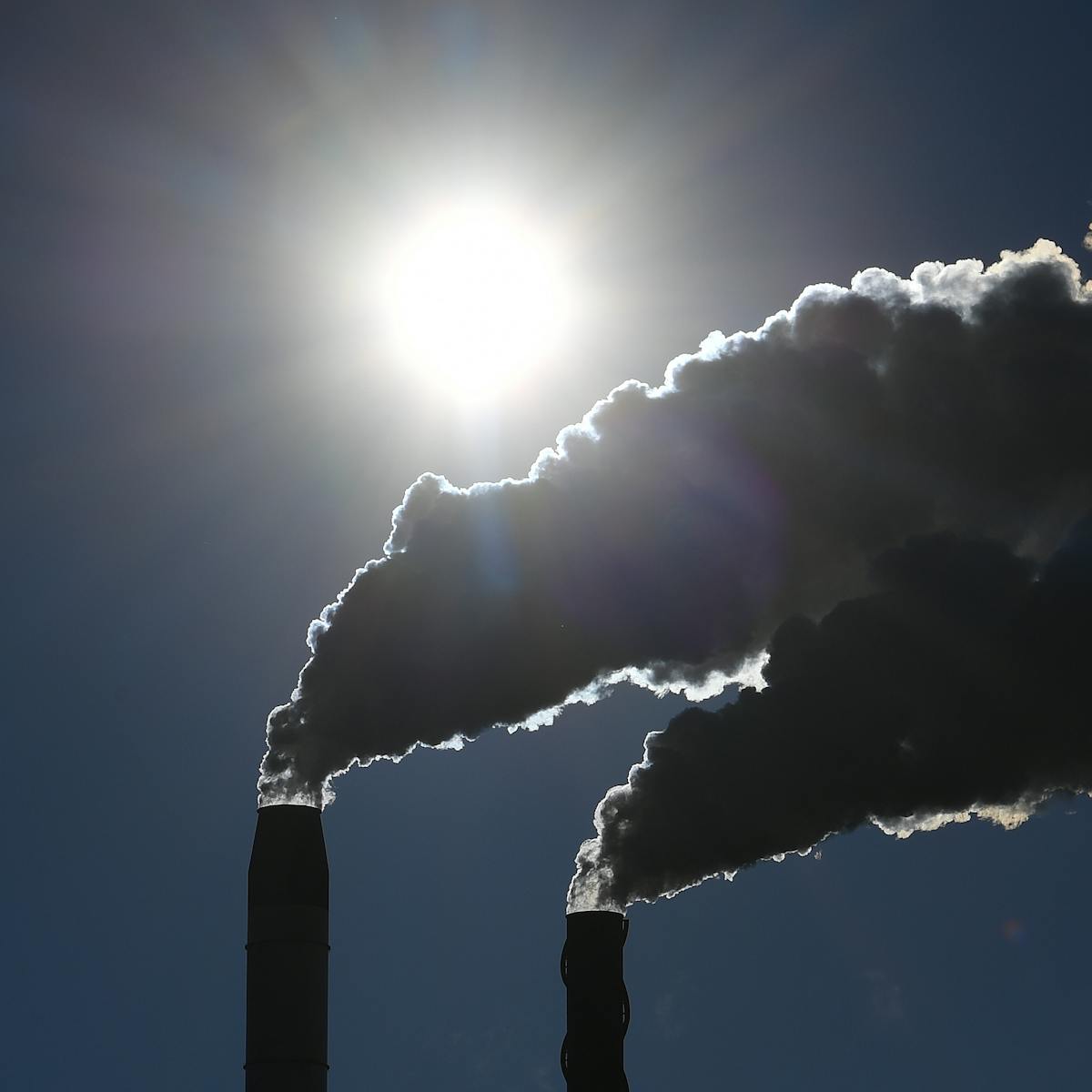



World Greenhouse Gas Levels Made Unprecedented Leap In 16




Greenhouse Effect 101 Nrdc



3
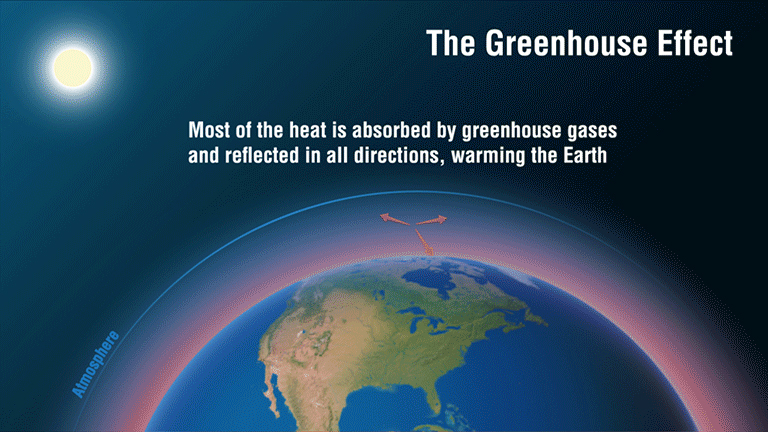



Causes Facts Climate Change Vital Signs Of The Planet




The Greenhouse Effect
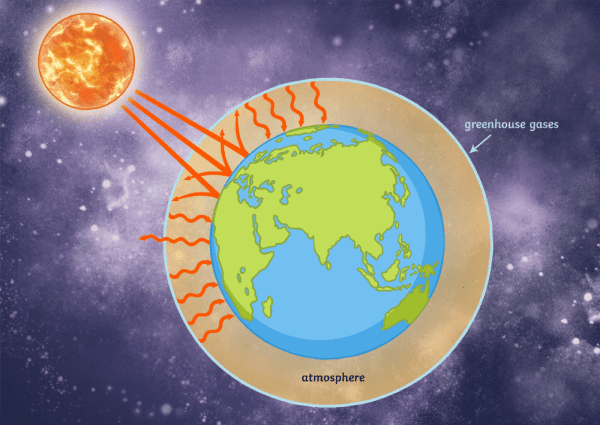



What Are Greenhouse Gases Answered Twinkl Teaching Wiki




Percentage Of Greenhouse Gases In The Atmosphere Download Scientific Diagram




Overview Of Greenhouse Gases Us Epa




This Graph Shows The Increase In Greenhouse Gas Ghg Concentrations In Download Scientific Diagram



Atmo336 Fall



Q Tbn And9gcqob5akx 2xithdb3seiv5jyef5ryrbg3xvzguy4p57lypo5m0p Usqp Cau
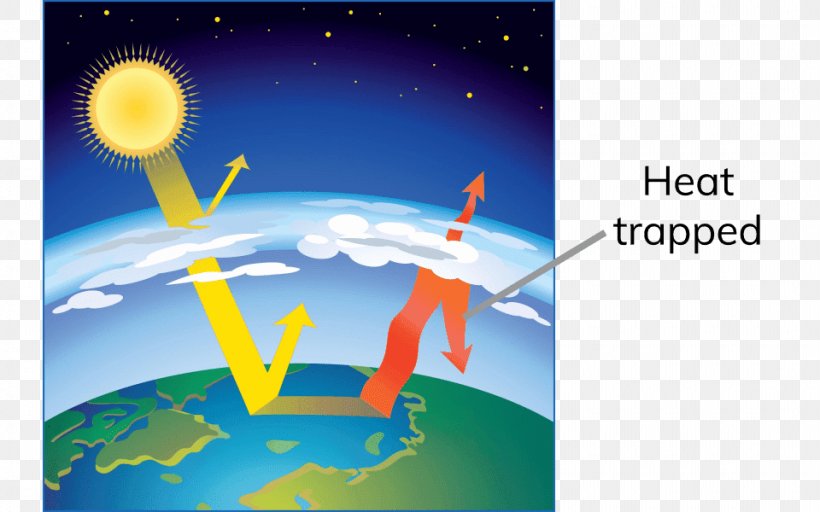



Earth Greenhouse Effect Greenhouse Gas Atmosphere Png 960x600px Earth Atmosphere Atmosphere Of Earth Brand Climate Download




The Greenhouse Effect British Geological Survey
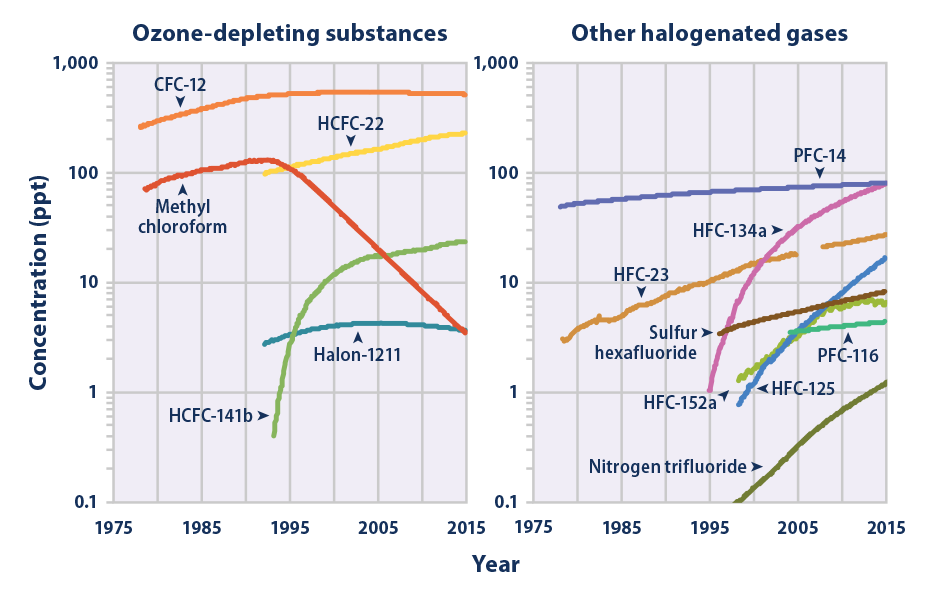



Climate Change Indicators Atmospheric Concentrations Of Greenhouse Gases Climate Change Indicators In The United States Us Epa




Condition For Greenhouse Gases In The Atmosphere Greenhouse Gases Download Scientific Diagram
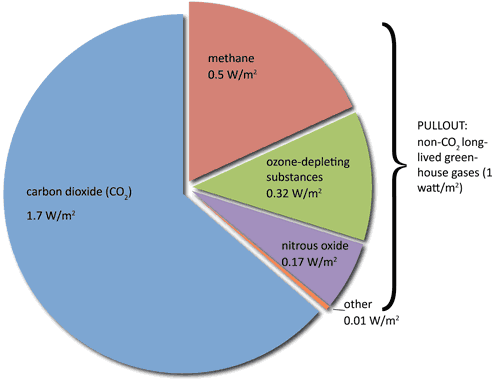



Greenhouse Gas It S Not Just About Co2
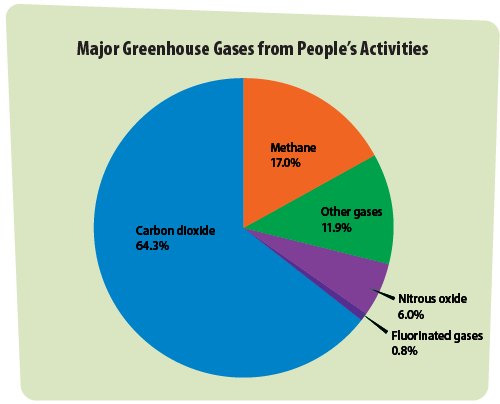



Greenhouse Gases A Student S Guide To Global Climate Change Us Epa
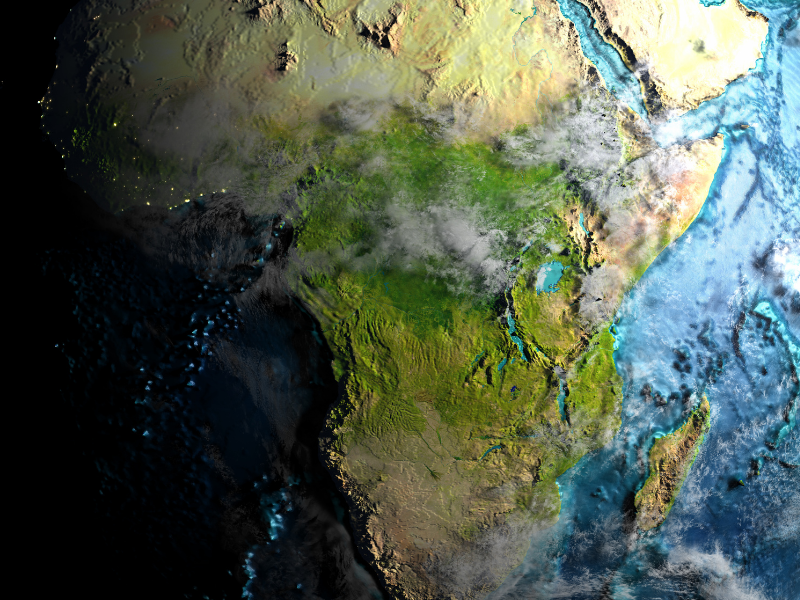



Location Location Location Detecting Greenhouse Gas Emissions In Africa Icos
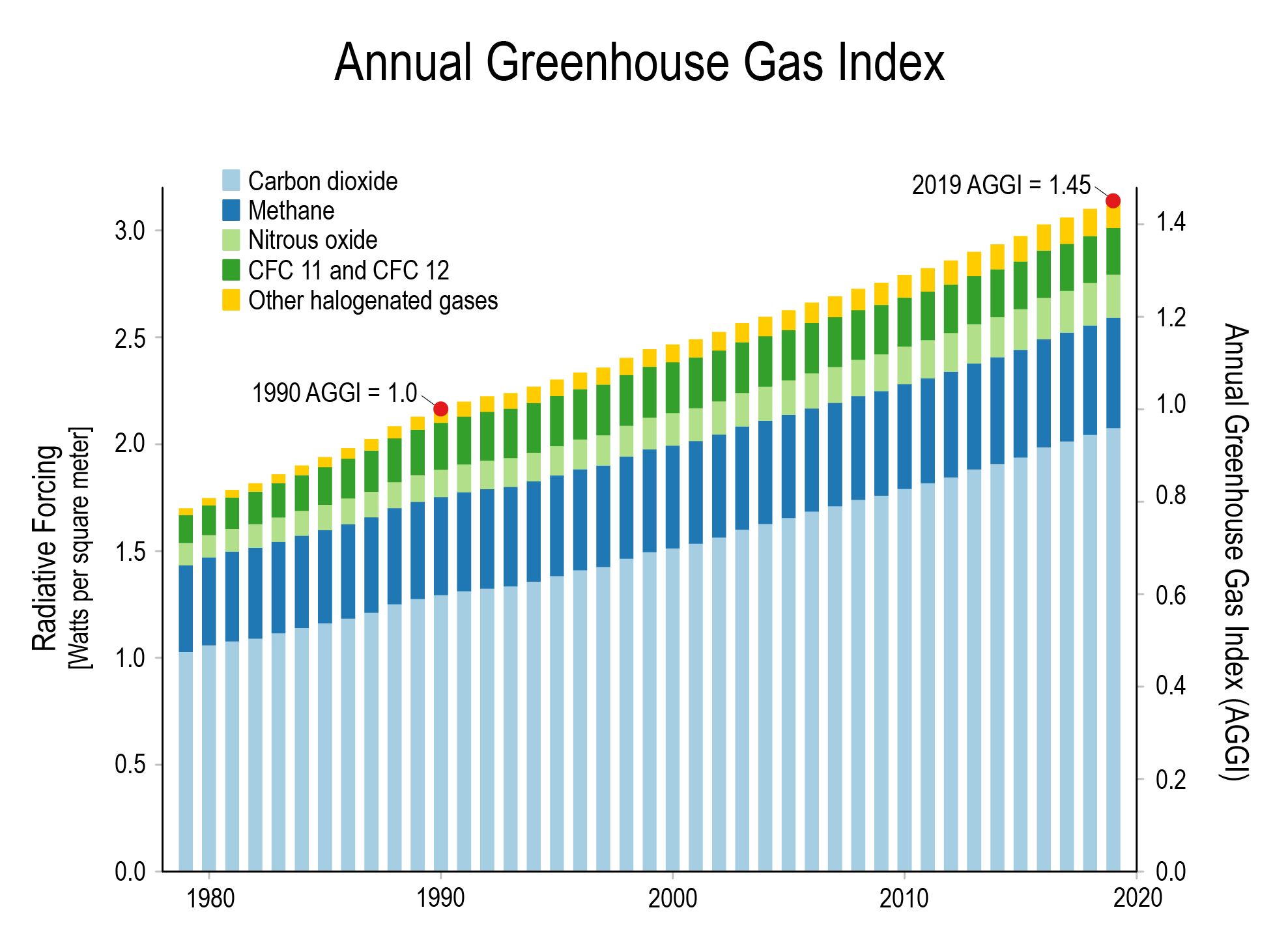



Climate Change International Ccs Knowledge Centre




Greenhouse Gases Are Rapidly Changing The Atmosphere Climate Central




The Greenhouse Effect Explained
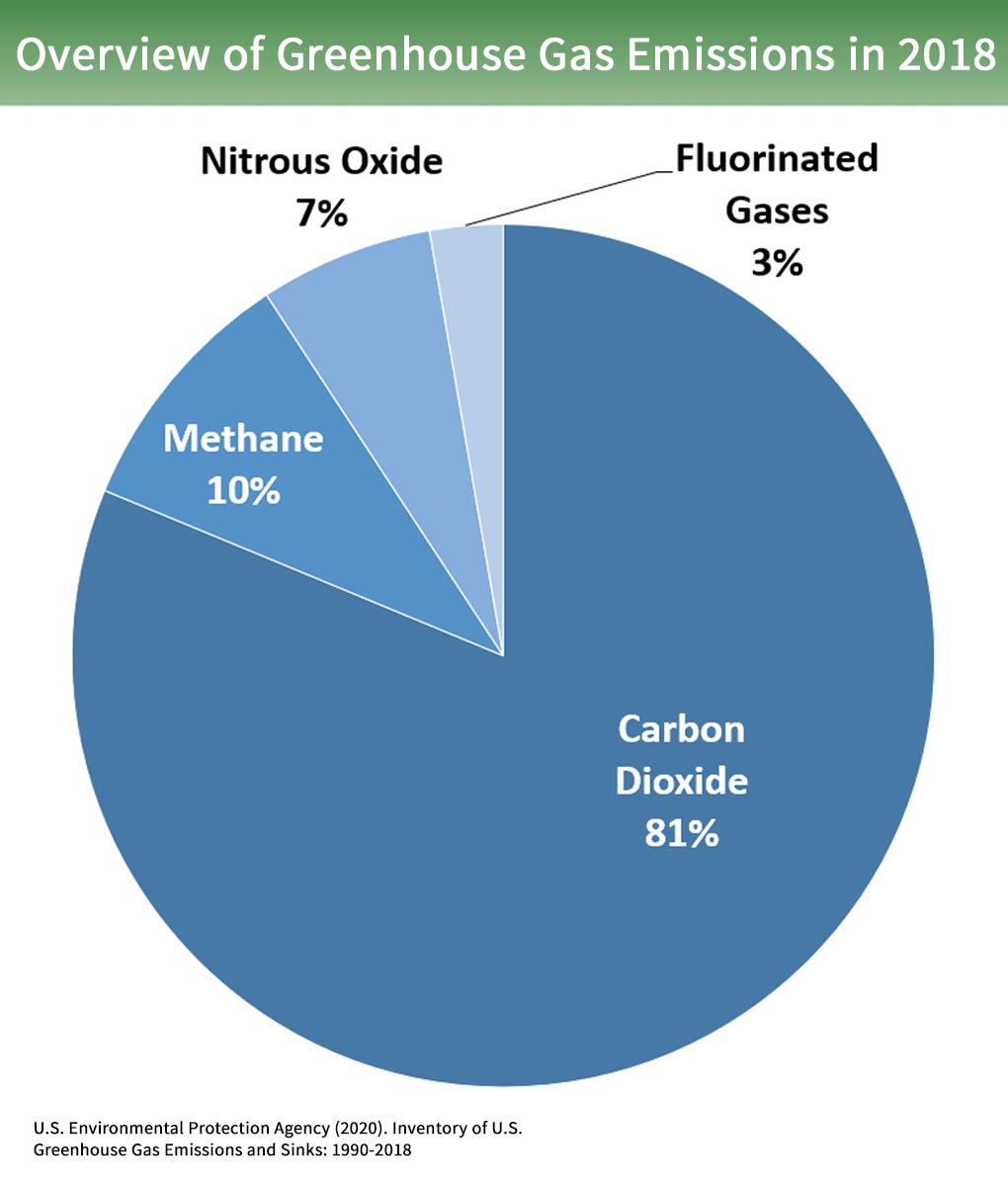



Overview Of Greenhouse Gases Greenhouse Gas Ghg Emissions Us Epa




Indicator Annual Greenhouse Gas Index 18 Indicator Annual Greenhouse Gas Index Gcis




Percentage Share Of Greenhouse Gases In The Earth Atmosphere 5 Download Scientific Diagram
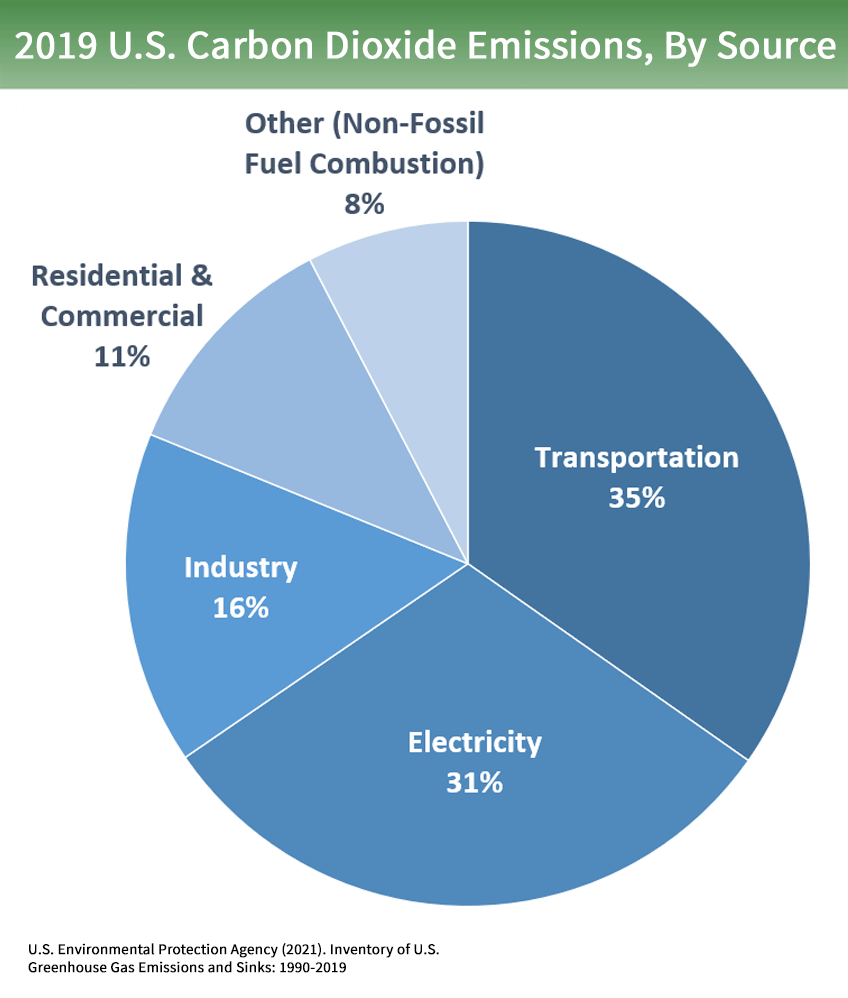



Overview Of Greenhouse Gases Us Epa




5 Notorious Greenhouse Gases Britannica
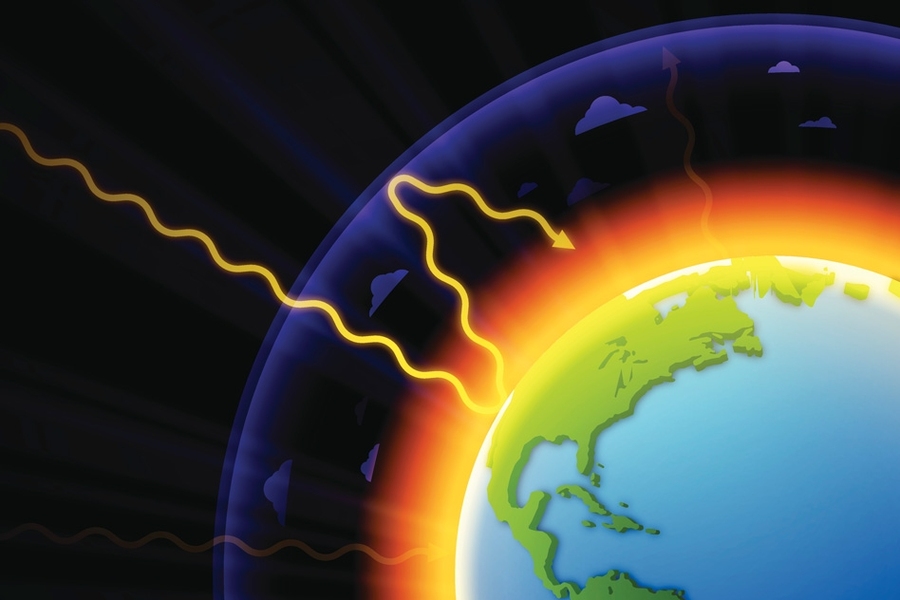



Explained Greenhouse Gases Mit News Massachusetts Institute Of Technology




Greenhouse Gas Emissions Wikipedia




Greenhouse Gases Are Components Of The Atmosphere That Contribute To The Greenhouse Effect




Climate Change Actual Report Greenhouse Gas Emissions Need For Changing
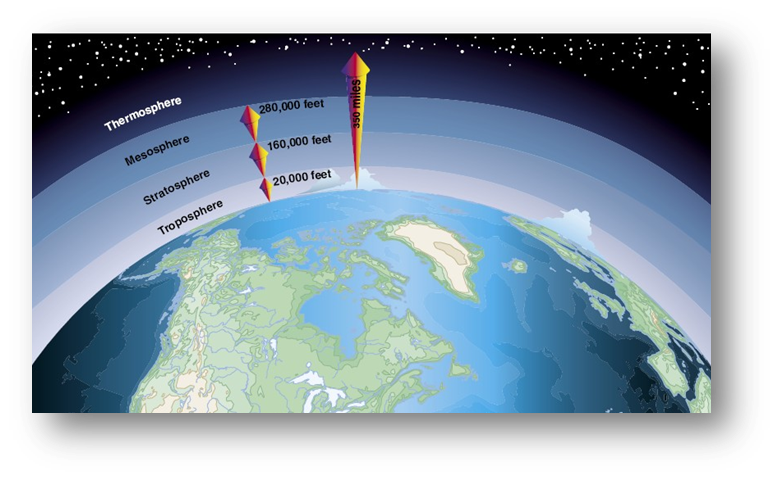



Atmosphere Greenhouse Gases Athenas



0 件のコメント:
コメントを投稿